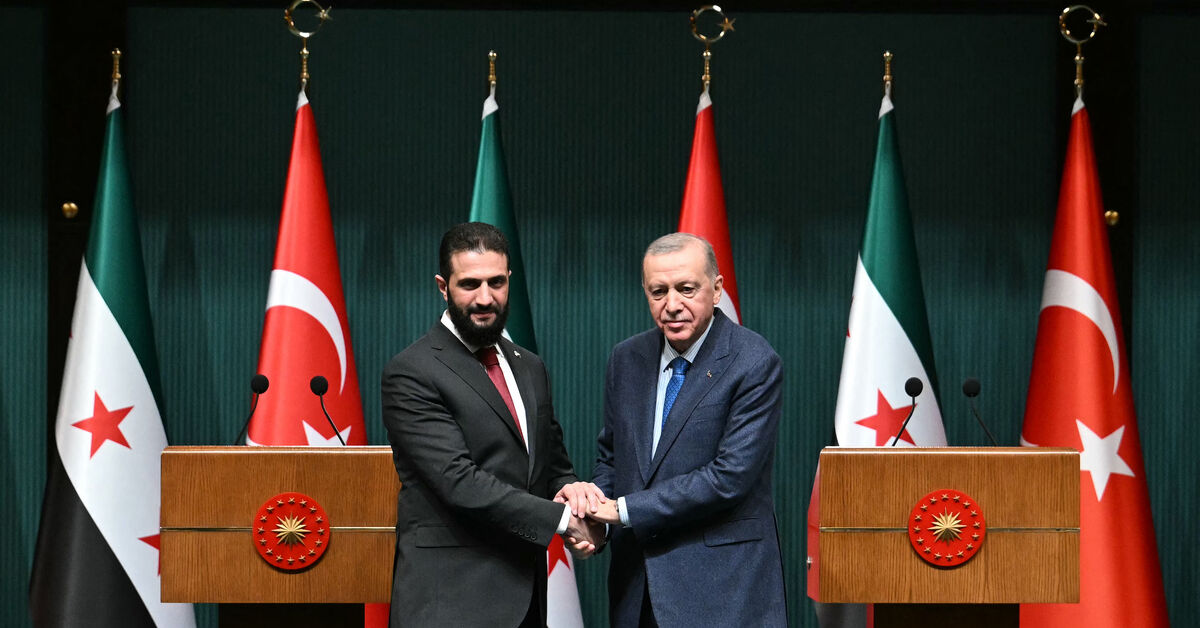Cleveland Museum of Art to display looted ancient statue before return to Turkey
CLEVELAND, Ohio – An ancient Greco-Roman bronze statue that the New York District Attorney’s Office said was looted from a site in Turkey will be put on public display one final time at the Cleveland Museum of Art before being returned to the Turkish government.
The museum made the announcement Monday in a news release, saying that the statue, often referred to as “The Draped Male Figure,” will go on display Tuesday, April 8, in the museum’s Monte and Usha Ahuja Founders Rotunda. It will be on public view until July 8, and then shipped back to Turkey.
The bronze statue, which dates to between 150 B.C. and 200 B.C., was once believed to be of Roman emperor Marcus Aurelius, but recent testing has led experts to believe it depicts an unknown Greek philosopher. The museum bought it in 1986 for $1.85 million from Edward H. Merrin Inc., a New York art gallery. Over the years, it became one of the most popular and recognizable items in the CMA collection.
More recently, it has also become one of its most controversial.
It was taken off view in August of 2023, when a New York judge signed a search and seizure warrant as part of a New York District Attorney’s office criminal investigation into looting and trafficking of antiquities. It has since sat “seized in place” but off public view at the museum.
The district attorney’s investigation centers on a global smuggling network that “pillaged” a site commonly known as Sebasteion in the ancient city of Bubon in modern-day Turkey, and trafficked the looted items to and through New York. The district attorney’s office never accused the Cleveland museum or museum officials of criminal wrongdoing, but it sought return of the statue.
The museum filed a lawsuit in federal court in Cleveland in the fall of 2023, saying it believed the district attorney’s evidence “fell short of persuasive proof.” But it dropped its complaint in February of this year, agreeing to return the statue to Turkey after new scientific testing on the sculpture and a shrine in Turkey proved it had been looted from Bubon.
The new temporary exhibition of the statue in Cleveland includes extensive information detailing the testing that was conducted. The museum and Turkey are also discussing long-term cultural cooperations as part of the settlement, the release said. Four text panels with information not previously available will be included in the rotunda exhibition, which will be on view through July 8.
In a statement released Monday, the museum’s director, William M. Griswold, expressed profound gratitude to Turkey and the District Attorney of New York for cooperation in conducting new testing and willingness to share the statue with CMA visitors before it returns to Turkey.
“While we are sorry to see this remarkable work leave the CMA, we are, at the same time, thankful for the relationships and myriad possibilities that have emerged from our dialogue with colleagues” in Turkey and New York, Griswold said.
Adam Ferrise contributed to this story.



